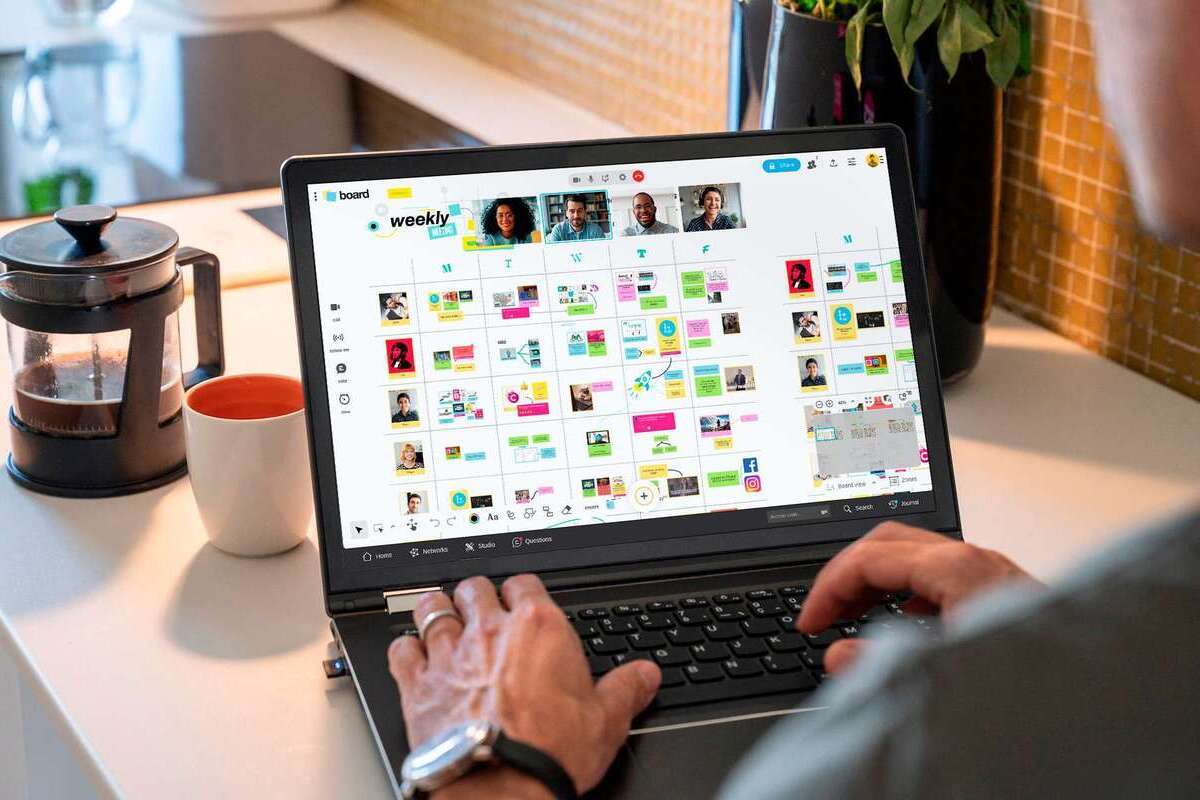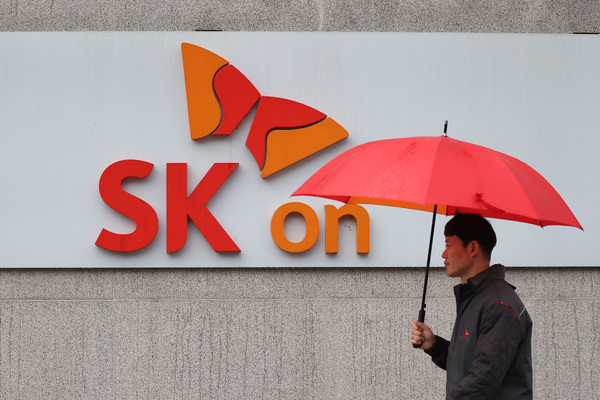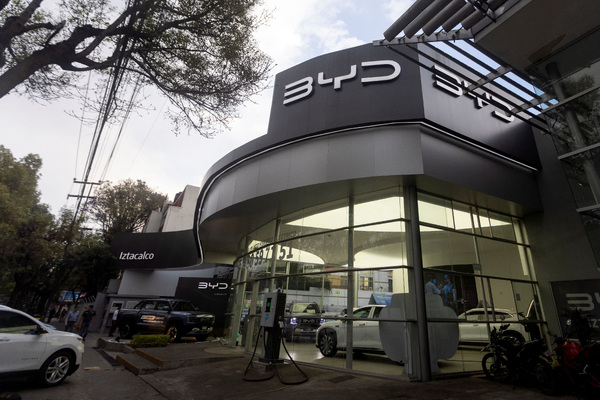Using human-centric work models to boost employee experience and performance
Sponsored by Klaxoon
According to a recent Gartner survey, employees operating in human-centric work models are three times more likely to both enjoy high intent to stay in their organisation and see low levels of fatigue. Fatigue, often associated with diminished employee engagement, can significantly impact organisational productivity and engagement. All this can lead to increased stress, burn out and poor talent retention.
In light of this, organisations need to optimise their workplace, regardless of the model (remote, hybrid, on-site) with a compelling work culture value proposition that will enhance the overall employee experience and in return, drive productivity. They also must navigate competing priorities, ensuring that initiatives aimed at enhancing the employee experience align with broader organisational objectives.
The rise of the human-centric work model
Human-centric work models prioritise the needs of employees, recognising that a happy and fulfilled workforce is essential for business success. These models go beyond simply offering location flexibility; they focus on creating environments where employees feel valued, supported and empowered to thrive. They help organisations foster a culture of trust, collaboration and innovation, driving higher levels of employee engagement and productivity.
Maintaining Business Outcomes
Balancing employee needs with organisational performance objectives presents a significant challenge for companies striving to cultivate a supportive work environment. While recognizing and prioritising employee needs is essential for fostering engagement and satisfaction, it must be done in tandem with meeting organisational goals. This requires a delicate balance, as the pursuit of employee well-being cannot come at the expense of productivity or business outcomes.
How to establish a human-centric work model
Creating a human-centric work model necessitates several key considerations to honour employees’ needs and individual contributions and ensure a supportive work environment. To do this effectively, one must establish various strategies throughout the organisation. Some key components are:
1. Employee-centric policies: Get personal. While remote and hybrid work offers employees the freedom to work anytime, from anywhere, genuine flexibility lets them customise their work experience according to their individual needs and preferences.
2. Open communication and employee listening: Foster a culture of open communication where employees feel comfortable sharing their feedback, concerns and ideas.
3. Feedback and continuous improvement: Use innovative tools to collect and act on employee feedback to drive continuous improvement.
4. Inclusivity and diversity: Strive for an inclusive and diverse work environment where employees feel valued, respected and included.
Harnessing collaborative platforms to boost employee engagement
Employee engagement stands as a cornerstone for building a positive employee experience and driving organisational success, and collaborative platforms are playing a crucial role in boosting this culture of engagement. These platforms provide employees with a voice by offering channels for feedback and participation. Through interactive querying features and gamification, employees can share their ideas, provide feedback and actively contribute to decision-making processes that will drive tangible business results.
Furthermore, optimising meetings and methodologies for maximum engagement is a highly effective strategy in fostering better collaboration and teamwork.
When employees can easily collaborate on projects, share their expertise and support each other’s work, they feel valued and connected to the organisation’s goals. This increased engagement ultimately leads to higher job satisfaction and improved retention rates, and a more positive work environment overall.
Increasing productivity through more effective collaboration
Did you know that engaged workers generate on average 23 per cent greater profitability, according to a 2023 Gallup Survey? The study contrasted organisations characterised by low turnover rates and highly engaged employees with those exhibiting high turnover rates and a larger proportion of disengaged employees.
But how exactly do we become more productive through an engaged workforce?
Using collaborative platforms, employees can more efficiently manage projects and delegate tasks. They can assign responsibilities, set deadlines and track progress, ensuring that everyone is accountable for their work.
By providing features such as task delegation, fostering teamwork and offering a centralised hub for communication, collaboration platforms assist organisations in improving their workflow and boosting engagement levels. This leads to improved workflows, enhanced collaboration and, ultimately, increased productivity.
Conclusion
In conclusion, the intersection of employee needs and organisational performance presents both opportunities and challenges for companies. By prioritising employee engagement, fostering creativity, and promoting open communication, collaborative work platforms can play a pivotal role in not only enhancing the employee experience, but driving productivity and maintaining business growth.
Klaxoon, the all-in-one collaborative work platform, is a great tool to deploy. It’s quick to get started, easy to use and well adapted to larger organisations looking to roll such features at scale and measure participation and engagement.
Organisations that embrace collaborative platforms and harness their capabilities are not only able to drive productivity and innovation but also cultivate a work environment where employees feel valued, supported and empowered, reducing the many challenges of the modern hybrid workplace.
For more information, visit klaxoon.com

Business Reporter Team
Most Viewed
Winston House, 3rd Floor, Units 306-309, 2-4 Dollis Park, London, N3 1HF
23-29 Hendon Lane, London, N3 1RT
020 8349 4363
© 2025, Lyonsdown Limited. Business Reporter® is a registered trademark of Lyonsdown Ltd. VAT registration number: 830519543





